The Truth About EVs: They Will Be Nuclear Powered

“I want to make nuclear power generation ‘visible’ through electric vehicles,” says Takafumi Anegawa, a former nuclear engineer who works for Tokyo Electric Power Co. He thinks that “electric cars are the best tool to help people understand the importance of nuclear power,” reports The Nikkei [sub].
Anegawa heads up the CHAdeMo Association. With 236 member firms and organizations, the group aims to promote the installation of electric vehicle chargers. The group’s suggestions stand a good chance to make a method of electrical charging developed in Japan the global standard via the ECE.
Anegawa was one of the first promoters of electrical cars – to promote nuclear energy.
“Every time there is a problem at a nuclear power plant, people see nuclear power generation as something bad,” Anegawa said. He thought electric vehicles could change people’s perceptions.
People with green leanings may not want to hear it, but pretty much the only sensible way to produce the power needed to charge masses of electric vehicles would be nuclear. Burning fossil fuels simply moves the exhaust from the car to power plant chimneys. Hydro-electric, solar, or wind powered? Dream on.
In many countries of the world, there had been a moratorium on nuclear power. No new nuclear power plants had been built in the U.S.A. since the 1970s. In February 2010, the two new nuclear power plants had been approved, the first in 30 years. In Germany, building of new nuclear plants had been against the law for years, and Germany wanted to be nuclear-free by 2021. Now, nuclear power looks more and more like it’s here to stay.
Broad acceptance of electric cars, combined with what is happening off the coast of Louisiana, could very well become the impetus for a resurgence of nuclear power.

Bertel Schmitt comes back to journalism after taking a 35 year break in advertising and marketing. He ran and owned advertising agencies in Duesseldorf, Germany, and New York City. Volkswagen A.G. was Bertel's most important corporate account. Schmitt's advertising and marketing career touched many corners of the industry with a special focus on automotive products and services. Since 2004, he lives in Japan and China with his wife <a href="http://www.tomokoandbertel.com"> Tomoko </a>. Bertel Schmitt is a founding board member of the <a href="http://www.offshoresuperseries.com"> Offshore Super Series </a>, an American offshore powerboat racing organization. He is co-owner of the racing team Typhoon.
More by Bertel Schmitt
Latest Car Reviews
Read moreLatest Product Reviews
Read moreRecent Comments
- Add Lightness I don't waste a lot of time watching nothing much happening by watching the YouTube 6 minute highlights.
- MrIcky from my rental fleet experience, id rather drive one of these than a camry.
- Add Lightness Protectionist fear competition under the guise of paranoia.
- Kjhkjlhkjhkljh kljhjkhjklhkjh But facebook, instagram, twitter, your cell phone, your chevy/ford/dodge, your debit card, your credit card selling your data to the SAME OVERSEAS DATABROKERS is ok.Meanwhile parler, telegram literally run on russian hardware is also ''ok''
- Redapple2 Dear lord ! That face. HARD NO.



















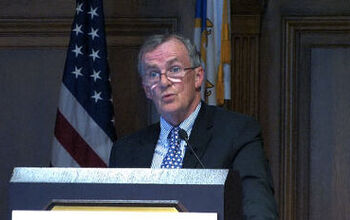
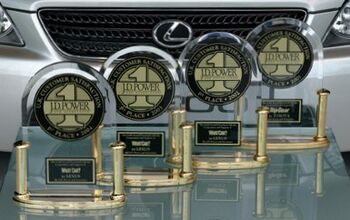
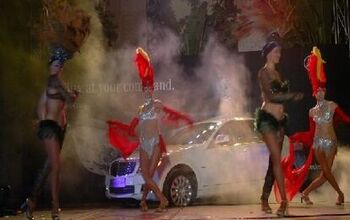
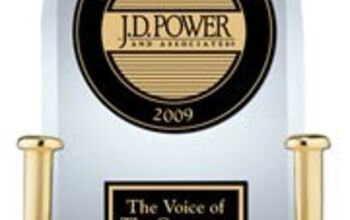
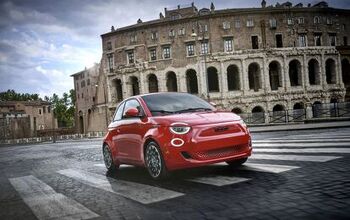
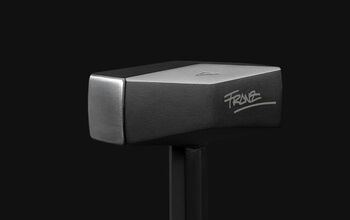
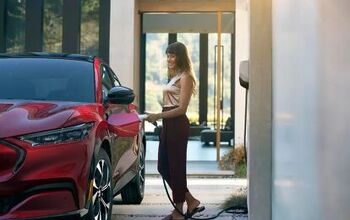
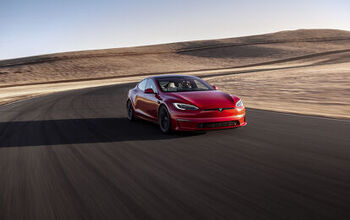
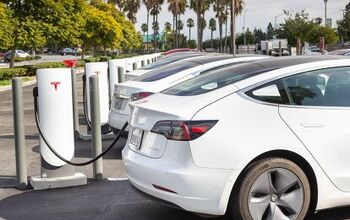
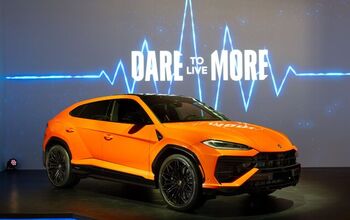

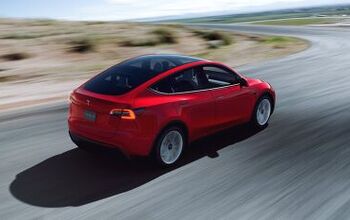


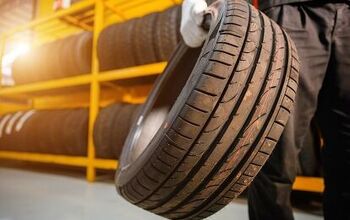
Comments
Join the conversation
Modular nukes (
I've always liked Dr. Jerry Pournelle's solution to the nuclear waste issue (first published 30 years ago in 'A Step Further Out'!) but he's still in general agreement with it today. "First, nuclear waste is a non-problem. The simplest method of dealing with them is to encase the stuff in glass (actually make a glass with the waste as ingredients) then take it to the Mindanao Trench and drop it overboard. It will eventually be carried into the depths of the earth where it came from in the first place. End of problem. What most people do not seem to know is that while "nuclear waste" is in fact radioactive for thousands of years, after about 600 years the only radioactivity remaining is from the actinides, and those are what caused it to be fuel in the first place; after about 600 years the residuals are less active than the original ores mined in the first place. And if we don't like dumping the stuff in the Deep (where we can't retrieve it if we suddenly wish we had it) then again make glass of it, and stack it in the Mojave desert. A square mile of the Fort Irwin maneuver area would do for many years to come. If you really doubt the stability of glass (which is pretty near eternal) build a superdome over it. Put a triple chain link fence topped with razor wire around the site with a notice that anyone crossing the line is fair game for the Army, but you'll probably die before we can kill you. Have a nice day." Although in the original article his sign was more straightforward -> "If you cross this fence you will DIE"